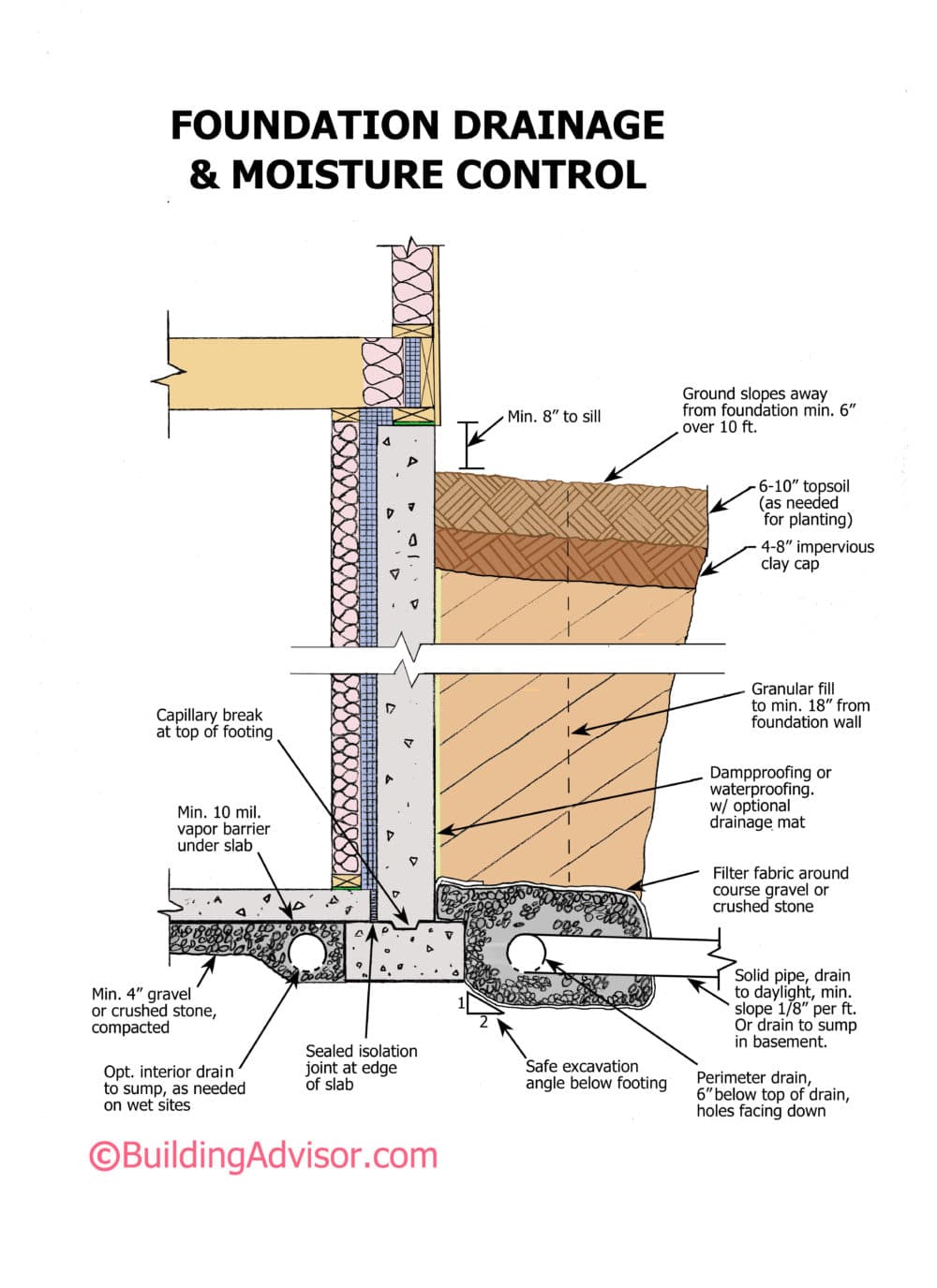Best Place Of Building Drainage Plumbing
- Best Place Of Building Drainage Plumbing System
- Plumbing Drainage Problems
- Best Place Of Building Drainage Plumbing System

Aug 10, 2018 You will have to submit a rough in plumbing diagrams, which the building inspector will assess in terms of the building codes. Once your drainage system is designed, it is time to design your plumbing system for fresh water supply. This starts with the placement of your hot water heater. Every house drainage systems we use the plumbing system. So for different areas we use different system. In this lecture i show you the different types of plumbing systems we use in the house.

Best Place Of Building Drainage Plumbing System
.The drainpipes collect the water from sinks, showers, tubs, and appliances.The waste pipes remove water and material from the toilet.The vent pipes remove or exhaust sewer gases and allow air to enter the system so that the wastewater flows freely.The drainpipes are made of cast iron, galvanized pipe, copper, or plastic. Local building codes that regulate the materials used in the DWV system have changed over the years, so most older homes have a combination of materials.A typical bathroom sink is a good example of how all these components work together. You probably haven’t spent much time observing the pipes beneath your vanity, but take a look and this is what you’ll see.
Plumbing Drainage Problems
This diagram of a typical DWV system is called a plumbing tree.Water runs down the sink drain into a p-trap (so called because it’s shaped like the letter), which fills up with water to prevent sewer gases and odors from getting into the house through the pipe. This water gets refreshed whenever more water runs through it.A drainpipe attached to the p-trap goes into an opening in the wall.Behind the wall (where you can’t see), a vent line and drainpipe lead to a soil stack, which is the control center of the wastewater system.

Best Place Of Building Drainage Plumbing System
Drain pipes take the wastewater to the soil stack; through the stack, sewer gases are carried up to the roof through vent lines.All the faucets and water appliances in a house use this same system of drains, pipes, and vents. All the waste lines have a cleanout, which is a Y-shaped fitting that’s accessible so that you can clean out any serious obstructions within the system.